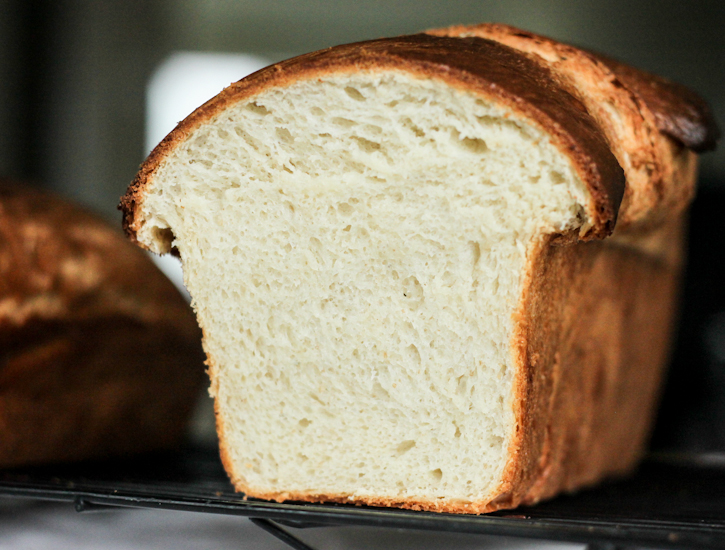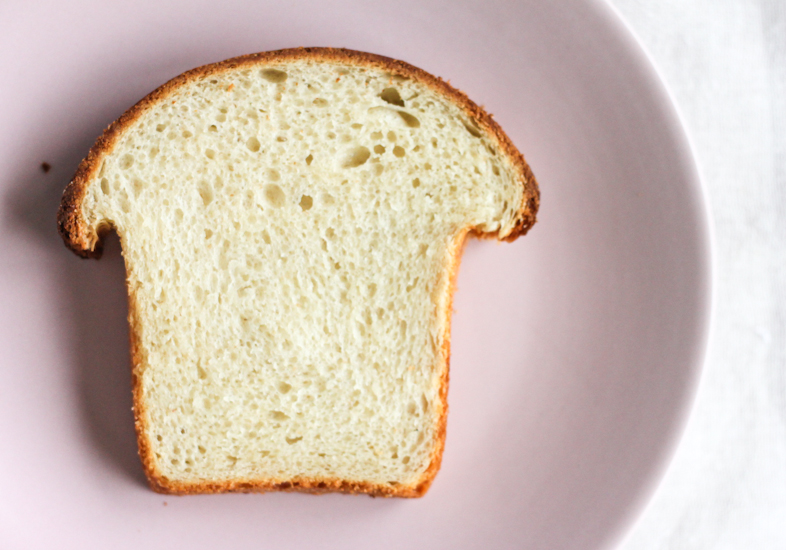
I’ve been fascinated by brioche even before I really knew what it was. I think it was the unusual shape of a brioche à tête that charmed me at first. It wasn’t until I moved to France more than 2 years ago that I got a taste of the real brioche Parisienne.
My first brioche was from Boulangerie Au 140 on Rue de Belleville. It was soft, smelled faintly sweet and milky. Quite like a baby. Every other evening, I’d walk downhill to the boulangerie and wait in line for my loaf. If the wait was too long, I’d use it as an excuse to pop into Fromagerie Beillevaire next door for two tiny wheels of Rocamadour. If I was monstrously hungry, I’d ask the vendors at the boulangerie to slice the loaf of brioche (which I’d otherwise take as a whole to keep fresh longer) because I knew I’d quite easily finish half the loaf in no time. My favourite way to eat the brioche was to make peanut butter and raspberry jam sandwiches. I then moved on to smearing it with mountain honey from G. Detou.

The brioche is a rich bread, almost a cake, really, with a golden brown crust and creamy white crumb. It is redolent of the copious amount of butter it contains – a good reason to seek out the best butter you can get your hands on. It’s light and pillowy soft and completely luxuriant.
I like to bake the brioche as a big loaf to make sandwiches or use brioche that’s a couple of days old to make pain perdu for breakfast with a dusting of cinnamon and a dribble of maple syrup.

If you’re in Paris, you should seek out the brioche from Au Levain d’Antan right by Métro Abbesses. It’s truly special. Or if you’d like to make it at home, you should make using the method from Tartine Bread. It’s a bit more tedious because it involves using a poolish (yeast+flour+water preferment) and a levain (flour+water sourdough starter), but the results are spectacular. You can find the descriptive recipe in Tartine Bread. (USA | UK | India)